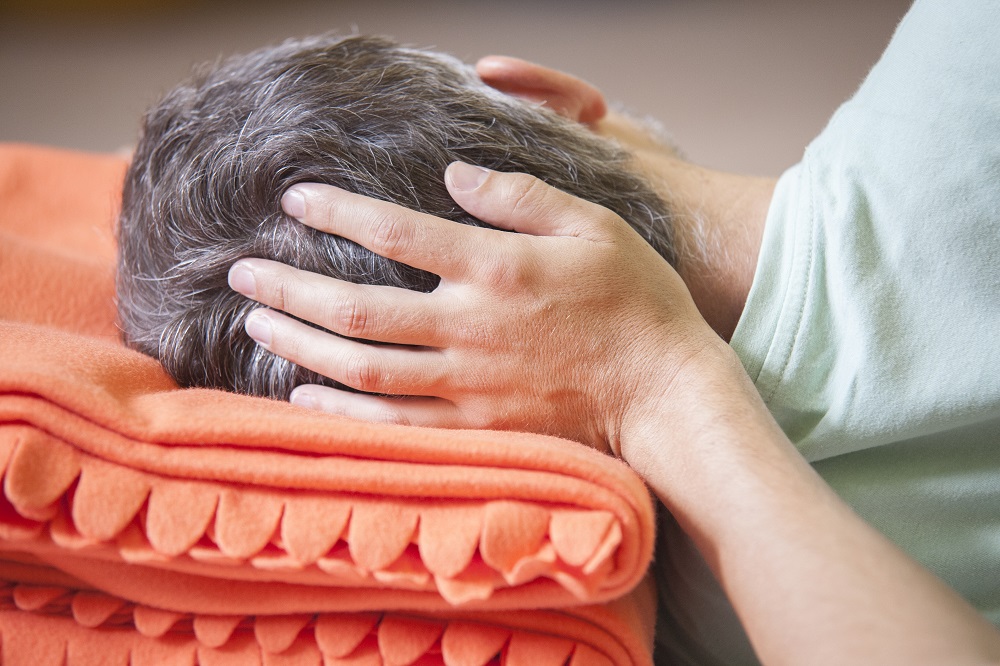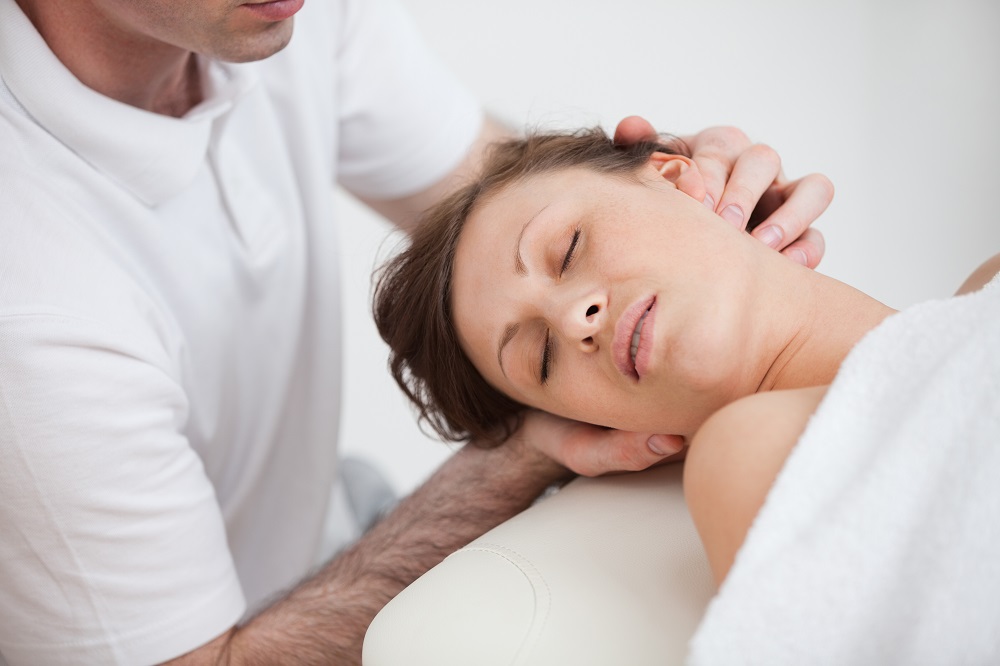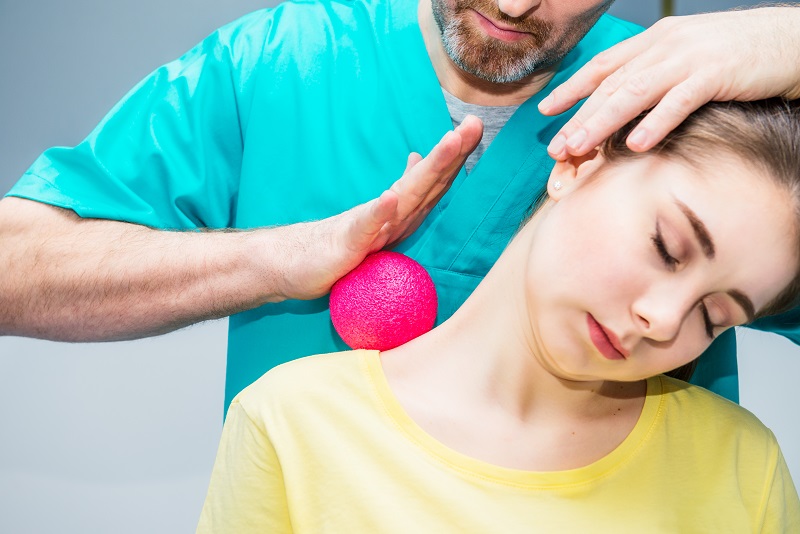Craniosacral therapy, also known as cranial sacral therapy, is an effective compression reliever that mainly works in the body parts such as- head bones, lower backbone, and the spinal column. In short, this effective therapy helps in removing any kind of stress and pain that happened as a result of compression One can use this technique not only in just getting rid of pain, but also to treat other health conditions as well.
In case you are wondering who’d the best be to work on therapy, only experienced therapists osteopaths, as well as chiropractors, are capable to perform the cranial-sacral therapy. The results mainly vary from people to people and also the sensitivity of pain. Osteopaths and massage therapists use the best form of craniosacral therapy to treat parts of the skull, or joints of the body.


How can Craniosacral therapy benefit a person?
Craniosacral therapy (CST), as already mentioned, is known to bring relief in one’s body. In medical terms, one can get benefitted from the restoration of cranial mobility and the restrictions from their various body parts such as head, necks, and nerves get released. Moreover, after a successful session of craniosacral therapy, a person can be benefitted from both emotional and physical stress.
In which conditions craniosacral therapy is applied?
Craniosacral therapy can be used for people ranging in between 18-80 and in case, you are wondering what mental and physical disabilities are required to perform this therapy, here’s a list of conditions that you should have a look upon:
- Severe headache or migraine
- Constipation
- Insomnia or improper sleep cycles
- Scoliosis
- Pain at neck
- Fibromyalgia
- Ear infection
- Traumas
- Mental disorders, such as- anxiety or depression
- Sinus Infection
Who should consider getting craniosacral therapy done?
The scientific research shows Craniosacral therapy is mainly recommended to be performed on infants, toddlers as well as children. However, there are some other research reports that suggest that this effective therapy should only be performed only for certain conditions, especially if one experienced unbearable headache due to migraines.
Are there any side effects of craniosacral therapy?
If we come to talk about any happening of side effects after the craniosacral therapy, one may experience a bit of discomfort. However, the pain remains for a very shorter period and fades away gradually within 24 hours. Since it is a non-invasive hands-on therapy, it is a restricted and dysfunctional mode in terms of permanent therapy done to the patient. Touching with fingers and channelizing the cerebrospinal fluid is very important to give relief to the patients.
Based on what the scientific reports state, the people who are facing such physical disabilities, shouldn’t perform the craniosacral therapy:
- People those who have severe bleeding problems
- The ones who already went diagnosed through the aneurysm
- People who have a history of any sort of traumatic injury in the head
- Any major or minor fracture of the skull
What’s would be the sensations during the craniosacral therapy?
During the treatment of craniosacral therapy, one may experience the following sensations:
- Sense of deep relaxation all through the body
- Falling asleep sometimes
- Seeing colors in vision
- Sense of pulse beating
- Numbing sensation
- Hot or cold sensation depending on the pressure.


Final Words
Craniosacral therapy could be a better option to go for if your body pain is becoming unbearable to you day by day. But before you prepare your mindset getting the treatment done, you should take the advice of a renowned physician whether you really need to undergo such treatment or there are other suitable options out there. Based on your physician’s recommendation and prescribed medications, you should proceed further with further processes, only.





